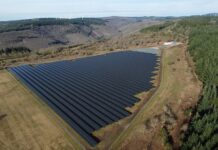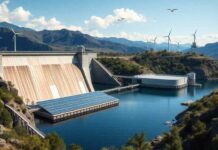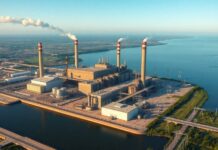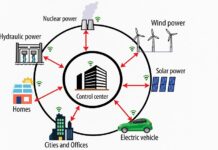The world is on a constant quest for more sustainable living, leading to the emergence of hydrogen fuel. Hydrogen fuel cells have gained popularity in restoration ecology due to their ability to power equipment without harmful emissions. This innovation enables experts to restore damaged ecosystems while minimizing their carbon footprints.
The Rise of Hydrogen Fuel
Hydrogen fuel has recently garnered significant attention, driven by the growing demand for clean energy alternatives independent of fossil fuels. As a zero-emission power source, hydrogen fuel presents an attractive option for various industries.
One reason behind hydrogen fuel’s popularity is its versatility. It can power a wide range of vehicles, including cars, buses, trains, and aeroplanes. Additionally, it plays a role in restoration ecology by helping experts restore damaged ecosystems while minimizing carbon footprints.
Hydrogen fuel cells operate by converting chemical energy into electrical energy via the process of electrolysis. Combining hydrogen with oxygen produces electricity and water as a byproduct, making it an exceptionally eco-friendly solution.
Why Should You Consider Using Hydrogen Fuel in Restoration Ecology?
Hydrogen fuel’s increasing prominence in restoration ecology stems from its numerous benefits. One significant advantage is its emission-free nature, providing an eco-friendly alternative to traditional fossil fuels.
Utilizing hydrogen as an energy source helps reduce reliance on non-renewable resources, paving the way towards a more sustainable future. This shift can have a profound impact on the environment and aid in mitigating climate change.
Another benefit is increased efficiency. Hydrogen-powered vehicles have been found to be significantly more efficient than gasoline or diesel counterparts, requiring less fuel for longer journeys.
Moreover, hydrogen fuel aligns well with remote locations lacking infrastructure, offering clean and reliable energy sources to off-grid communities.
Challenges in Utilizing Hydrogen Fuel for Restoration Ecology
While hydrogen fuel holds promise for the restoration of ecology, several challenges must be addressed. The cost of producing and storing hydrogen fuel remains a significant hurdle. Currently, the production of large quantities of hydrogen using renewable energy sources can be expensive, limiting its usage in restoration efforts.
Furthermore, the lack of infrastructure for large-scale distribution and utilization poses a challenge. Even with reduced production costs, it may not be feasible to transport and store sufficient hydrogen to power heavy machinery and vehicles used in restoration projects.
It is essential to take into account the safety implications associated with storing and transporting highly flammable hydrogen gas. Although advancements have been made in developing safe storage solutions, accidents involving the release of stored hydrogen could have severe consequences.
Additionally, resistance from industries or individuals facing financial losses due to a shift away from traditional fossil fuels may impede adoption.
Hydrogen Fuel in Restoration Ecology: The Future
As technology continues to advance, hydrogen fuel is poised for further growth in restoration ecology. Researchers are consistently devising fresh approaches to produce and harness hydrogen, enhancing its affordability and sustainability for endeavors aimed at ecological restoration.
One potential application lies in fuel cells, converting hydrogen’s chemical energy into electrical energy to power restoration tools and equipment. Hydrogen-powered vehicles, such as trucks and boats, could transport materials and personnel more efficiently than fossil fuel-powered counterparts.
Another advantage is hydrogen fuel’s potential to reduce carbon emissions. Transitioning industries away from fossil fuels to renewable sources like hydrogen could lead to a significant reduction in greenhouse gases contributing to climate change.
Nevertheless, before widespread adoption can occur, challenges must be overcome. A crucial obstacle is the lack of infrastructure for large-scale production and distribution. Investments are necessary to ensure that smaller organizations and communities have access to clean energy sources like hydrogen.
Despite the obstacles, experts maintain a positive outlook on the utilization of hydrogen fuel in ecological restoration endeavors. Continued research and investment in this promising technology may drive significant progress towards a more sustainable future for our planet’s ecosystems.


































